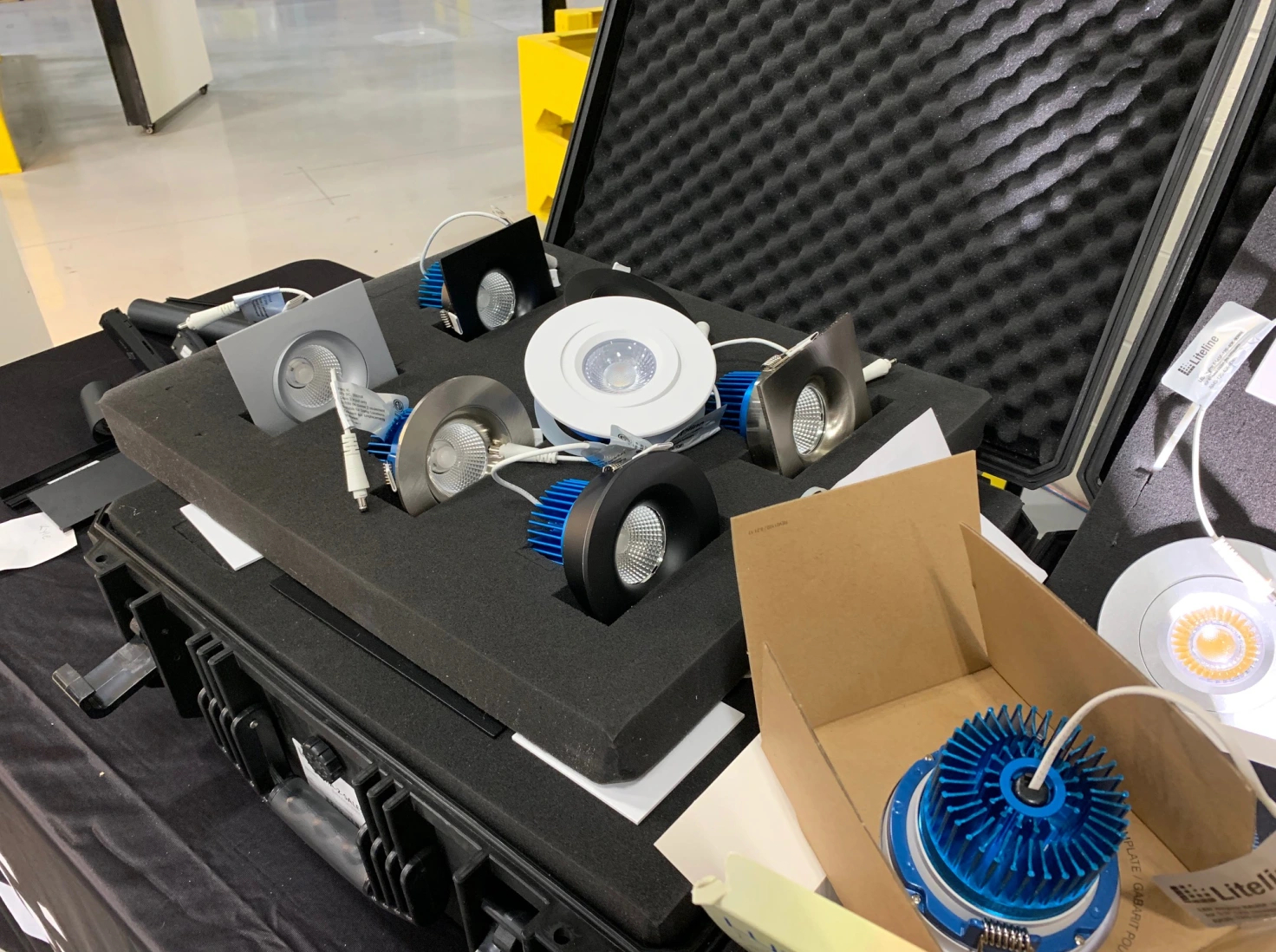There are more lighting products than ever on the shelves, but that can make it tough for a homeowner to make smart choices. Why is lighting getting harder? How can we wade through the hype and get better lighting in our homes?
The last fifteen years have seen the biggest disruption in lighting since Thomas Edison brought his incandescent bulb to the market. New startups are dominating the press while established lighting companies are struggling to survive. Light bulbs are getting smart enough to listen to our voice and a promising to help us sleep better. Some of the promises may sound too good to be true- and they are. But an ongoing technology revolution and continuous scientific revelations make this a perfect time to rethink your lighting.
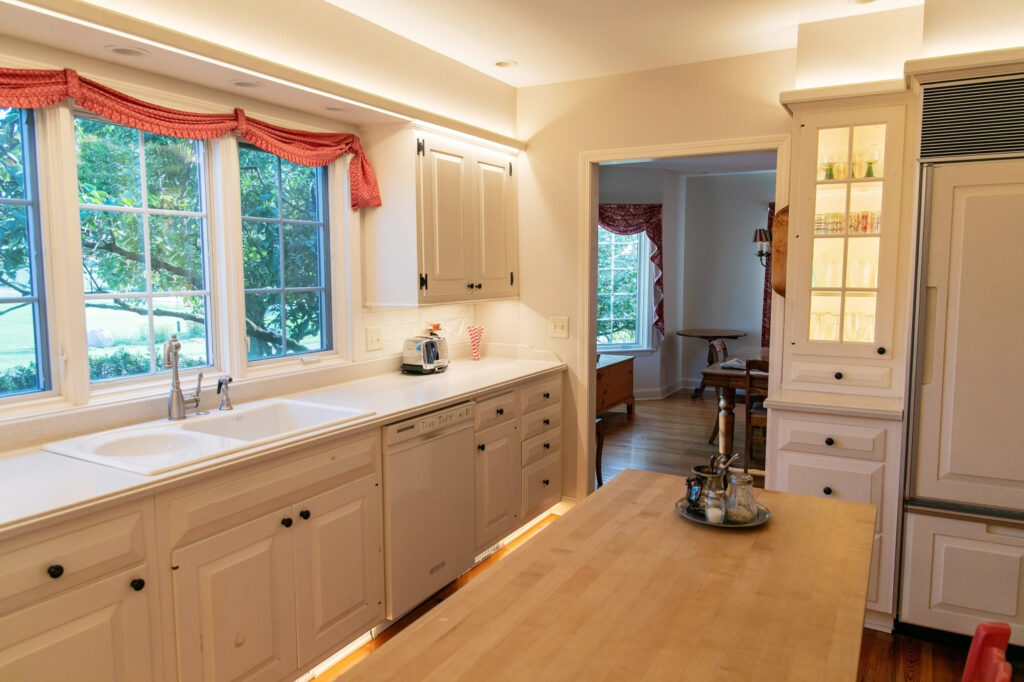
Technology Revolution
Like compact fluorescent bulbs, LEDs were introduced to us before they were ready and many of us bought expensive bulbs that gave off harsh light and did not last as long as promised. There are still substandard products available, but higher quality LEDs now deliver great quality and long life. The energy savings alone- often near 90%- makes LEDs worth the investment. Energy savings, however, are just the tip of the proverbial iceberg.
LEDs are also driving a lighting revolution because of their size, brightness, and color. Each of these is fundamentally different than our traditional incandescent bulbs and that creates opportunities to illuminate our homes in amazing new ways.
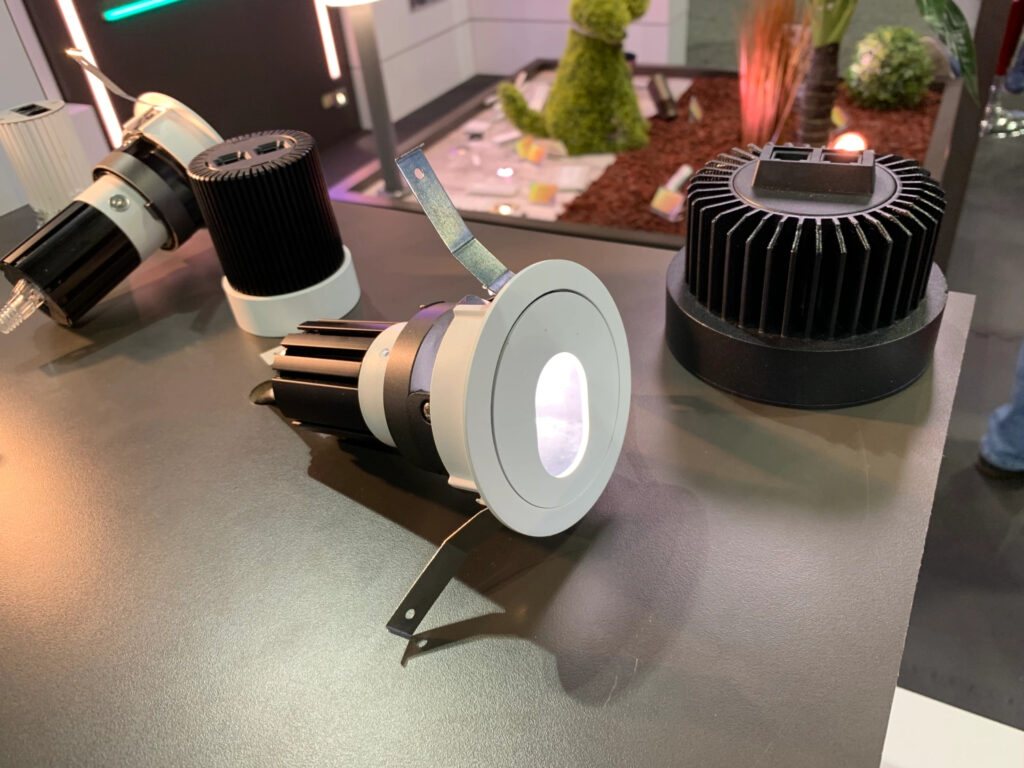
- Revolution: Size
LED’s can be as small as the head of a pin, and this allows us to light our homes with more precision than ever. LED strips can be hidden inside cabinets, drawers, closet rods and shelves and just about any place you can imagine. This allows us to place light where it is needed instead of attempting to fill a room with a broad wash of light that might cause glare.
The tiny size of LEDs also makes adding cove lighting to homes easier than ever. Several manufacturers make products that allow you to add indirect lighting with a few nails and wiring, dramatically lowering the cost of this beautiful and functional effect.
- Revolution: Brightness
LEDs have been comparatively tiny since the beginning but recently have grown in brightness as well. The combination of small size and high brightness allows us to use them to deliver functional light in new ways.
Smaller recessed downlights are one result. It is now possible to get everything you need from a series of 1” downlights instead of the 6” or 8” cans of decades past. Homeowners love the less cluttered ceiling that results.
Brighter LEDs also allow us to provide all the light we need on countertops from underneath the upper cabinets. This can reduce shadows on the counter to almost nothing, a much better and safer approach.
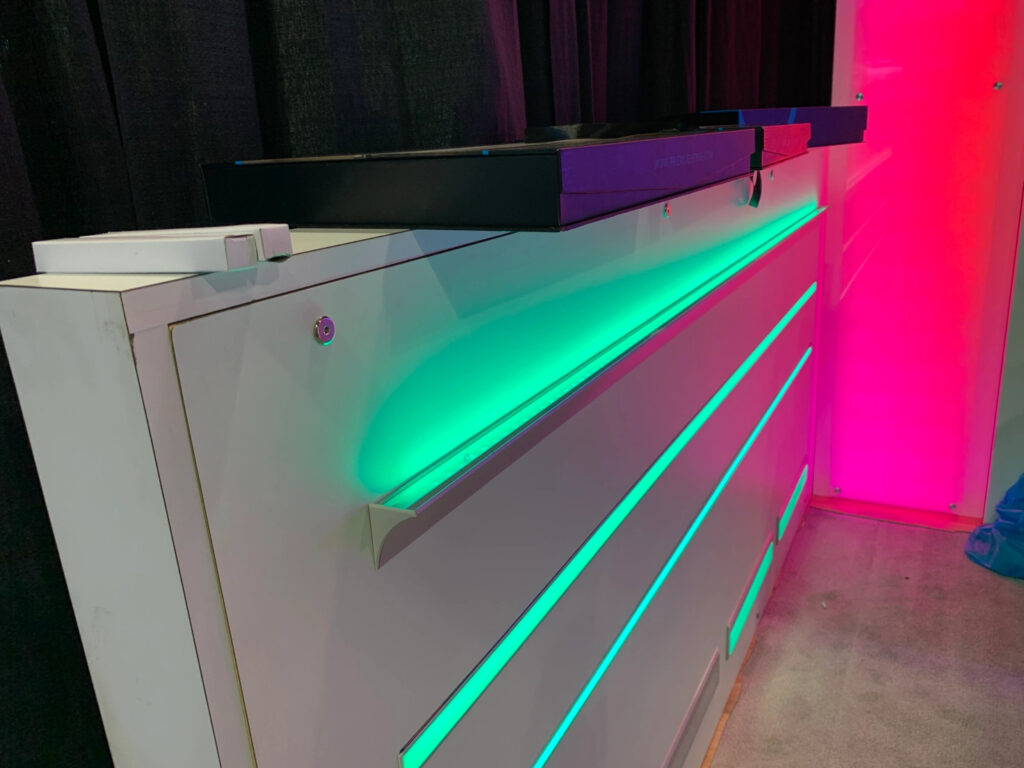
- Revolution: Color
LEDs can be mixed together to change color all in a diode smaller than a sunflower seed. Red, green, blue and white LEDs mix together to create a rainbow of colors that can set the perfect scene for a romantic dinner and then change to team colors for watching the big game. This is can be a fun novelty, but the technology revolution that brought us color can combine with scientific revelations to truly change the way we live.
Science Revelations
Light bulbs that claim to help you sleep better or improve test scores can be over-hyped attempts to push you to purchase product, but science revelations behind the claims are real. The technology revolution of LEDs makes it possible to respond to emerging scientific understanding in unprecedented ways and, when done carefully and thoughtfully, really can help us sleep better and remember more.
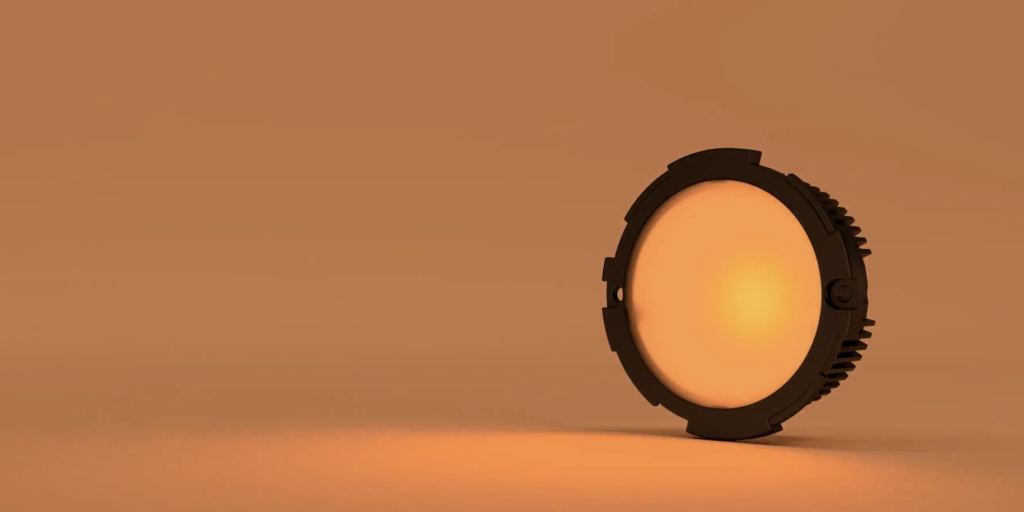
- Revelation: Sleep
Recent studies show that our carefully controlled indoor lighting is making it harder for us to sleep. We need more light in the morning than our typical home or office delivers, but at night many of us are getting more light than our body can handle. That means we need more than just lights that turn on and off; we need lights that change throughout the day and into the evening.
- Revelation: Mood
A few months ago researches discovered a direct pathway from our eyes to the mood center of our brain. This proved beyond doubt that light affects our mood in multiple ways. Long used to treat Seasonally Affected Disorder (SAD), light can now be used to enhance or improve mood in many different ways. Why do candles make us feel more romantic? The real question is “why do we not take advantage of this at home?”
- Revelation: Age
Our eyes change as we age but lighting in our homes often doesn’t change at all. We’re learning more about how older eyes need more light but that light needs to be glare-free, and that can change the way we design our homes now.
Light can even help reduce the risk of falls while it protects our sleep. Steplights, toe-kick lighting, and ingenious new techniques that outline doors can help us move safely at night without turning on disruptive overhead lights.
Making sense of it all
Lighting technology and science continue to change rapidly and nearly every month is marked by significant headlines. How does an average homeowner make sense of it all and weed out the pseudo-science and marketing hype? You may need to do more research than before or find a competent professional who keeps up on more than just design trends. It is easier than ever to make expensive, long lasting mistakes. But it is also easier than ever to get light in your home that truly helps you live a better life.
